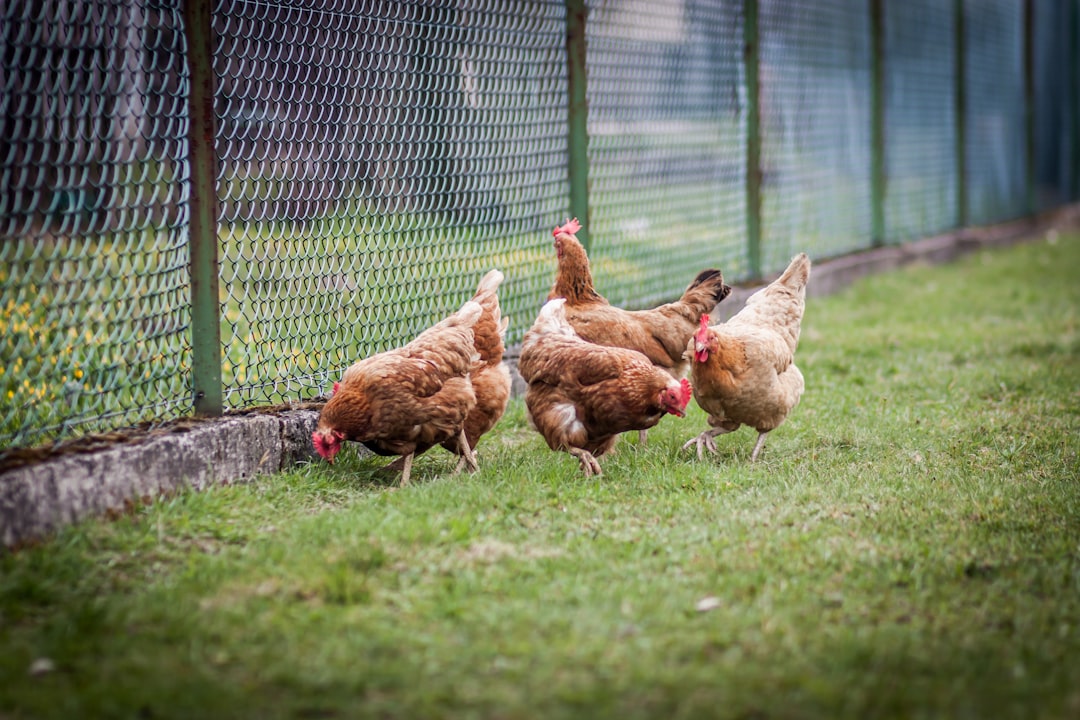Wings of Concern: Exploring the Medical and Culinary Impact of Bird Flu
Overview of Bird Flu and Its Importance
 Understanding Bird Flu
Understanding Bird Flu
Bird flu, known scientifically as avian influenza, is caused by influenza A viruses that primarily affect birds but can also infect humans and other animals. This zoonotic disease has several subtypes, with H5N1 and H7N9 being the most notorious for human infections, which have mortality rates of 60% and 35%, respectively [4][7]. The virus’s ability to mutate poses a significant threat, as it could potentially spread more easily among humans, prompting public health officials to remain vigilant. An example of its impact is the H5N1 outbreak, which resulted in the culling of millions of birds to prevent further spread.
 Transmission and Symptoms
Transmission and Symptoms
How Bird Flu Spreads
Bird flu is transmitted to humans primarily through direct contact with infected birds or contaminated environments, not through the consumption of properly cooked poultry or pasteurized milk [4]. Among poultry, the virus spreads via saliva, nasal secretions, and feces, often carried by migratory wild birds, making control efforts challenging due to the avian influenza outbreak. For instance, farm surfaces contaminated by these secretions can harbor the virus for extended periods, heightening the risk of indirect transmission.
Symptoms in Humans
The symptoms of bird flu in humans typically include fever, cough, sore throat, and muscle aches, resembling those of a severe flu [1]. Rapid testing is crucial for early detection and management of the disease to prevent its spread. Severe cases can escalate to pneumonia, acute respiratory distress syndrome, and even death, highlighting the need for prompt medical intervention. For example, during the 2022 H5N1 outbreak, rapid identification and treatment helped mitigate the virus’s impact on affected populations.
 Impact on Poultry and Livestock
Impact on Poultry and Livestock
Economic and Health Effects
Bird flu outbreaks can devastate the poultry industry, leading to the culling of millions of birds and resulting in significant economic losses and disruptions in the food supply chain. Since 2022, the U.S. has culled over 153 million poultry due to H5N1 outbreaks, causing long-term challenges for farmers in rebuilding their flocks and impacting consumer prices [3]. This situation was evidenced by the 2024 culling in the U.S., which severely affected egg availability and prices.
 Safety of Eggs and Meat
Safety of Eggs and Meat
Consuming eggs and meat during a bird flu outbreak is safe if proper cooking practices are followed. Eggs should be fully cooked to an internal temperature of 160°F to destroy pathogens, including H5N1, ensuring consumer safety. Pasteurized milk and dairy products are also safe since pasteurization effectively inactivates the bird flu virus. For example, during recent outbreaks, strict inspections and testing of poultry flocks helped maintain low risk levels for H5N1 in retail eggs.
 Prevention and Control Measures
Prevention and Control Measures
Public Health Strategies
The Centers for Disease Control and Prevention (CDC) and the United States Department of Agriculture (USDA) actively monitor bird flu cases and offer guidelines for prevention, including vaccination of poultry and implementation of biosecurity practices [1]. Protective measures such as wearing gloves and masks and regular handwashing are recommended for those in contact with birds. Public awareness campaigns play a crucial role in educating communities about bird flu risks and prevention strategies, as seen in recent outreach efforts by health organizations.
Vaccination and Treatment
Vaccines are available for the H5N1 strain, although preventive options for other strains remain limited. Antiviral medications like Oseltamivir (Tamiflu) are effective if administered early, helping mitigate symptoms and prevent severe complications [4]. Ongoing research aims to develop broader vaccines that can target multiple strains of avian influenza, offering hope for more comprehensive prevention strategies in the future.
The Role of Health Organizations
Monitoring and Response
Health organizations such as the CDC employ flu surveillance systems to track bird flu activity, updating data daily to ensure timely responses. These organizations work diligently to educate the public on hygiene practices and monitor the evolution of bird flu strains [4]. Collaborative efforts between local, state, and federal agencies enhance the effectiveness of bird flu outbreak management, as demonstrated in coordinated responses to recent outbreaks across multiple states.
Final Thoughts on Bird Flu Awareness and Prevention
Understanding bird flu is critical for mitigating its impact on both health and the economy. Implementing preventive measures and ensuring timely treatment can significantly reduce the associated risks. For more information on handling flu symptoms and accessing emergency services, visit El Paso Emergency Room at https://www.eper.com/.



